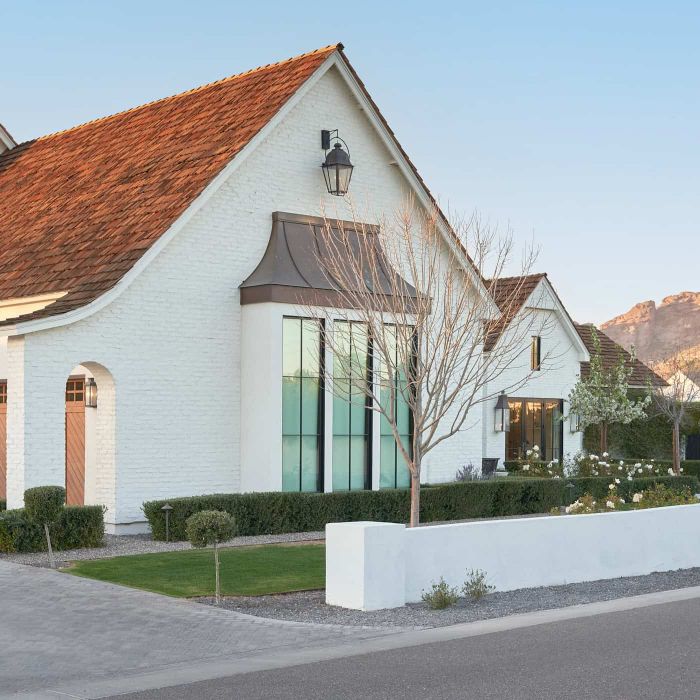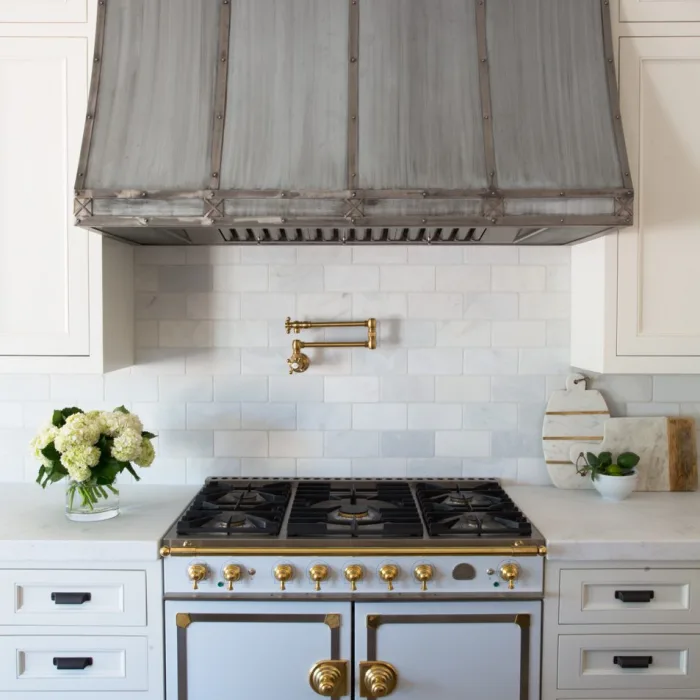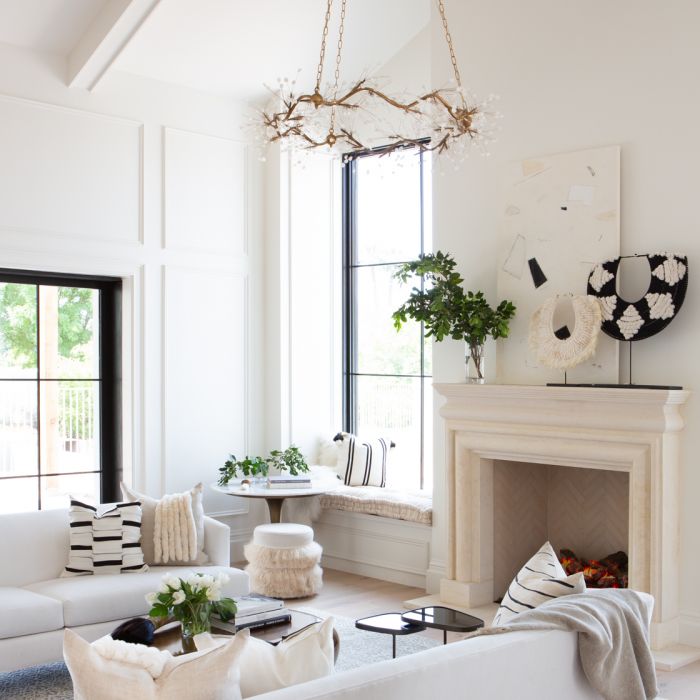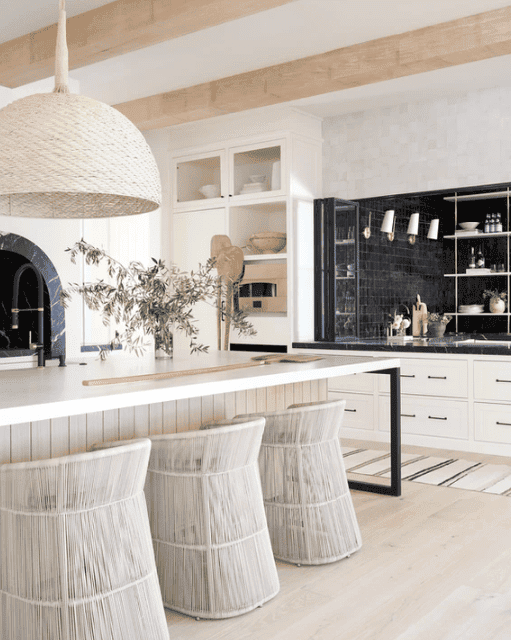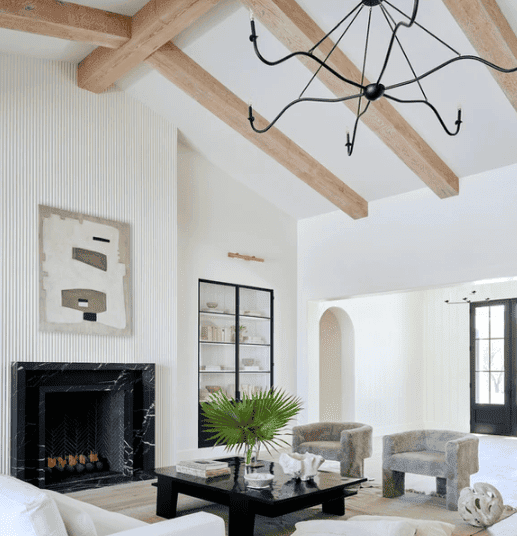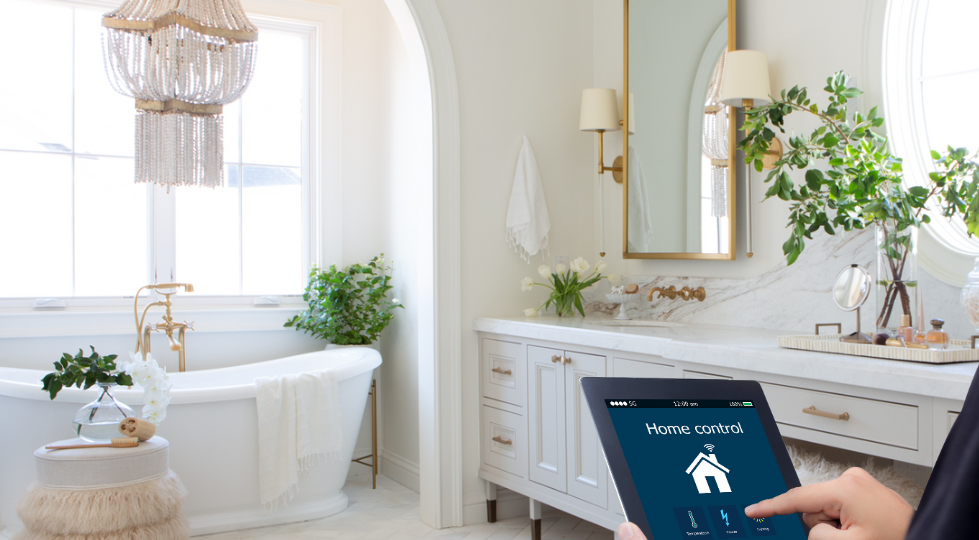
The Smart Home Dilemma
Smart home technology has come a long way, bringing convenience, comfort, and security to homeowners. But there’s a fine line between a home that makes life easier and one that feels like you need an IT degree to operate. In today’s over-dialed, always-connected world, it’s all about finding that balance. Let’s explore how you can integrate smart home technology into your custom home without overdoing it—striking the perfect mix of modern convenience and classic, effortless living.
The Essentials: Prioritizing What Matters
Before diving into the endless sea of smart home gadgets, start by identifying what’s most important to you. Is it energy efficiency? Enhanced security? Easy control of your home’s climate? Focusing on your top priorities will help guide your decisions, ensuring you invest in technology that genuinely improves your lifestyle rather than overwhelming it.
Smart Pools: Convenience Meets Luxury
Arizona’s hot climate makes having a pool a popular choice, and smart technology can make maintaining it a breeze. Smart pool systems let you control the water temperature, monitor chemical levels, and even turn on water features or lighting—all from your smartphone. But it’s important not to go overboard; the goal is to make it easy to enjoy your pool, not spend hours tinkering with settings. Stick to features that offer real benefits, like automatic maintenance alerts or energy-saving heating systems.
…Living in a McIntyre Development home is like being on vacation everyday. I love showing off my house and the way it makes me feel.
Dual-Zone Climate Control: Comfort Without Compromise
One of the best uses of smart technology in a home is climate control. Dual-zone (or multi-zone) systems allow you to set different temperatures for different areas of your home, ensuring everyone stays comfortable. Smart thermostats can learn your routines, adjusting temperatures based on when you’re home or away, helping to save energy without you having to lift a finger. It’s a great example of technology that works quietly in the background, offering convenience without complexity.
Zoned Lighting: Setting the Mood, Simplified
Lighting can completely change the feel of a home, and smart lighting systems make it easy to set the mood. Zoned lighting lets you control lights in different areas independently, so you can brighten up the kitchen while keeping the living room dim for a cozy vibe. With smart systems, you can set schedules, dim the lights, or turn them on and off remotely. The trick is to keep it simple—automate a few key settings (like “evening mode” or “movie night”) rather than trying to customize every individual bulb.
Smart Security Systems: Peace of Mind
Security is a big concern for many homeowners, and smart technology offers new ways to keep your home safe. From doorbell cameras to motion sensors and smart locks, these systems let you monitor and control your home’s security from anywhere. The key is to find a system that’s easy to manage; there’s no need for 15 different apps if you can find one that integrates everything seamlessly. Look for systems that allow you to check cameras, lock doors, and receive alerts all from one platform.
Smart Sprinklers and Irrigation
Smart irrigation systems can save water and help keep your yard looking great. These systems adjust watering schedules based on the weather, ensuring your lawn gets just the right amount of water. It’s a small investment that can make a big difference, especially in arid climates like Arizona. Again, the goal is ease—set it and forget it, letting the system do the work without constant adjustments.
Wi-Fi Devices and Connectivity: Keeping It Simple
With more smart devices comes a greater need for strong, reliable Wi-Fi. Smart routers can ensure that your devices stay connected without lagging or dropping, even if you’re streaming a movie while someone else is working from home. Mesh Wi-Fi systems are especially useful in larger homes, where they can eliminate dead spots and ensure a strong signal throughout the property. Just be sure not to clutter your network with unnecessary devices—stick to what adds real value.
Smart Kitchens: A Touch of Convenience
The kitchen is the heart of the home, and smart technology can make it even more efficient. From smart refrigerators that remind you when you’re out of milk to ovens you can preheat from your phone, there’s no shortage of gadgets designed to make cooking easier. But be selective—there’s no need for a smart toaster if you don’t actually need it. Focus on features that genuinely make your life easier, like a smart oven that helps with meal planning or a fridge that tracks your grocery list.
Automated Blinds and Shades
Smart blinds and shades can adjust themselves based on the time of day, keeping your home cool in the summer and letting in more light during winter months. They’re a great way to improve energy efficiency without a lot of fuss. Plus, they add a touch of luxury, letting you control privacy and light levels with the tap of a button. The key here is simplicity—automate a few essential settings (like opening in the morning and closing at night), and let them do the rest.
The Problem with Over-Automation
Over-automation can lead to frustration. Imagine trying to adjust the thermostat and ending up having to scroll through a menu just to turn on the AC. Smart homes should be easy to use, not require a manual. When adding smart tech, keep the user experience in mind. Opt for systems that offer intuitive controls, and make sure everything is easy to override manually if needed.
Finding the Right Balance: Don’t Overdo It
Smart technology should make your life easier, not more complicated. Before you buy the latest gadget, ask yourself if it adds convenience, comfort, or security. If the answer is no, you probably don’t need it. Focus on integrating a few well-chosen systems that complement each other, rather than trying to automate every single thing in your home.
Voice Assistants: Convenience Without the Complexity
Voice assistants like Amazon Alexa, Google Home, or Apple’s Siri can tie all your smart devices together, letting you control everything from your lighting to your music with simple voice commands. The beauty of a voice assistant is that it offers convenience without complexity—ask it to adjust the temperature, turn on the lights, or even find a recipe, all without lifting a finger. But keep it simple; there’s no need to program it to do everything if you only need a few basic commands.
Smart Entertainment Systems
Home entertainment has become smarter, too. Integrated systems let you control everything from your TV and speakers to your streaming services with a single remote or app. Imagine saying, “movie night,” and having the lights dim, the blinds close, and your favorite show pop up on the screen. The trick here is to integrate, not complicate—choose a system that brings all your entertainment devices together rather than having to juggle multiple remotes and apps.
Planning for the Future
One of the great things about smart technology is that it can grow with you. Start with a few core features, and add more as you see fit. Maybe you begin with a smart thermostat and security cameras, then later expand to smart lighting and a home entertainment system. This approach prevents you from getting overwhelmed and lets you adapt your home’s technology to your changing needs.
Smart Technology for Energy Efficiency
Smart home tech can play a big role in reducing your energy footprint. Systems that optimize heating, cooling, lighting, and water usage help conserve resources, which is great for both the environment and your wallet. Smart meters can give you real-time data on your energy use, helping you identify areas where you can cut back. Just be sure to keep it simple—one or two smart energy-saving features can make a big difference without complicating your life.
Simple, Intuitive Control Systems
Ultimately, the goal is to have all these smart devices working together in harmony, controlled from one intuitive system. Smart hubs can bring all your gadgets under a single roof, so you’re not juggling multiple apps to manage your home. Look for systems that are easy to use and offer a clean, simple interface—you shouldn’t have to be a tech expert to turn on the lights or check who’s at the door.
Conclusion: The Smart Home Sweet Spot
Smart home technology is about enhancing your lifestyle, not complicating it. The right balance of convenience and simplicity can make your custom home a joy to live in, offering comfort, security, and efficiency without overwhelming you. Think about what matters most to you, start small, and build from there. With the right approach, your smart home will be just that—smart, not overcomplicated.
Making Dreams Come True Building Your Dream Custom Home with a Trusted Phoenix Homebuilders Embark on a transformative journey with…
What Does “Custom” Really Mean? When we say “custom home,” we’re not just talking about a house that looks nice….
Designing Homes for the Desert Building a home in Arizona isn’t quite like building anywhere else. The desert climate presents…
Dream Big, Build Bigger, Find Custom Home Inspiration Designing a custom home is like getting a blank canvas—you can make…
Choosing The Right Interior Designer Building a custom home is a big undertaking, but it’s the interior that truly brings…
How a Good Builder Keeps an Eye on the Budget. Building a luxury home is an exciting journey, but let’s…
Working with Architects and Builders: Crafting Your Dream Home in Arcadia When it comes to building your luxury home in…


